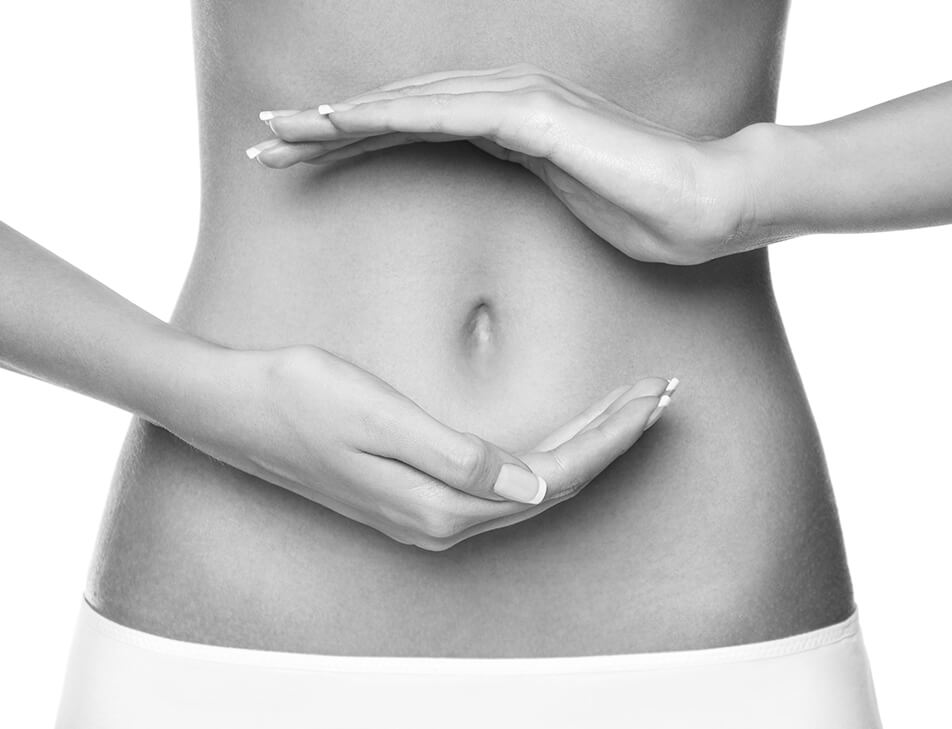Cellulite

Estimated reading time 4 minutes
Cellulite
Cellulite is fat, water and lymphatic fluid which is trapped in a web of tough collagen fibres under the skin.
If this connective tissue is weakened, small pockets of fat and fluid can then push through towards the surface of the skin and therefore become more visible. It is generally seen on thighs and the bottom but can appear on the calves, ankles, stomach, and upper arms and it usually occurs after puberty.
Cellulite is not found exclusively in individuals who are overweight, as it can be caused by significant weight gain or weight loss but is also typically hereditary (in your genes). Many celebrities look for anti-cellulite treatments, even supermodels like Kate Moss, or Kim Kardashian, proving that cellulite ‘is not a fat problem’.
However, anti-cellulite treatments do not need to be surgical and there are many non-surgical options that prove to be very effective in the reduction of cellulite.
Cellulite Treatments In Newcastle Upon Tyne
RT Aesthetics non-surgical anti-cellulite treatments can help reduce and rid the unwanted cellulite. Using advance technology to actively reduce and remove cellulite. Our treatments aim to increase and improve blood flow and destroy unwanted fat cells. The following treatments are designed to improve and reduce the appearance of cellulite.
Recommended treatments for cellulite:
- Radio Frequency
- 5D Cavitation
- 360 Fat Freezing
- Shockwave Therapy

Causes of Cellulite
You may be asking the question, what causes cellulite? It is the result of a build up of toxins, excess fluids and enlarged fat cells trapped between connective tissue, resulting in a reduction in the lymphatic flow.
These factors create the bumpy, dimpled ‘cottage cheese’ appearance on the skin. Although cellulite is not dangerous, the appearance can be damaging to a person’s self-confidence and self-image because of its unpleasant appearance.
- Hormonal factors – hormones are likely to play an important role in cellulite development. It is believed that estrogen, insulin, noradrenaline, thyroid hormones, and prolactin are part of the cellulite production process.
- Genetics – certain genes are required for cellulite development. Genes may predispose an individual to particular characteristics associated with cellulite, such as gender, race, metabolism, distribution of fat just underneath the skin, and circulatory insufficiency.
- Diet – people who eat too much fat, too many of the wrong carbohydrates, or salt and too little fiber are likely to have greater amounts of cellulite.
- Lifestyle factors – cellulite may be more prevalent in smokers, those who do not exercise, and those who sit or stand in one position for long periods of time, all of which impact on the circulatory system and lymphatic drainage.
- Clothing – underwear with tight elastic across the buttocks (limiting blood flow) may contribute to the formation of cellulite.
Read more about causes of cellulite – click here.

Women Have More Cellulite
Women have a vertical distribution of collagen fibres in their lower body whereas men have a criss-cross formation. This arrangement of fibers in women is the major reason they get more cellulite than men. The vertical distribution of female collagen fibers, more prevalent in the female lower body, form a pocket in which fat cells then grow.
As the fat cells increase in size they are essentially ‘fenced in’ and packed tightly together by the collagen fibers. This causes that unsightly cellulite appearance. Cellulite is like a sponge ball stuffed into a fence where the links force some of the sponge to come through. This tight packing of fat inside the “collagen pocket”creates the characteristic puckering of cellulite.
With over 90% of women suffering from cellulite, you are not alone and certainly not helpless thanks to RT Aesthetics. Click here to book a face to face consultation appointment.
How To Get Rid Of Cellulite
It is one of the most asked question in the beauty industry. But if you are one of those millions of women who suffer from the dreaded orange peel – also known as cellulite – can seem like an uphill battle to look good in shorts, let alone a skimpy swimsuit. You are not alone though – some of the most photographed and beautiful women in the world also wage a constant war against lumpy legs, the latest being Kate Moss at the Luis Vuitton fashion show in Paris last month. But the good news is that they are winning.


